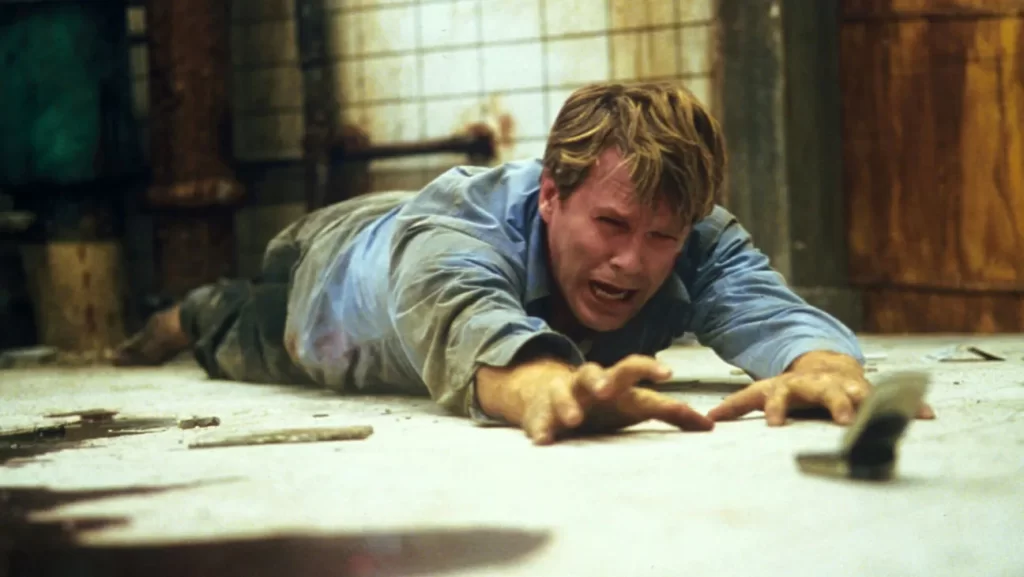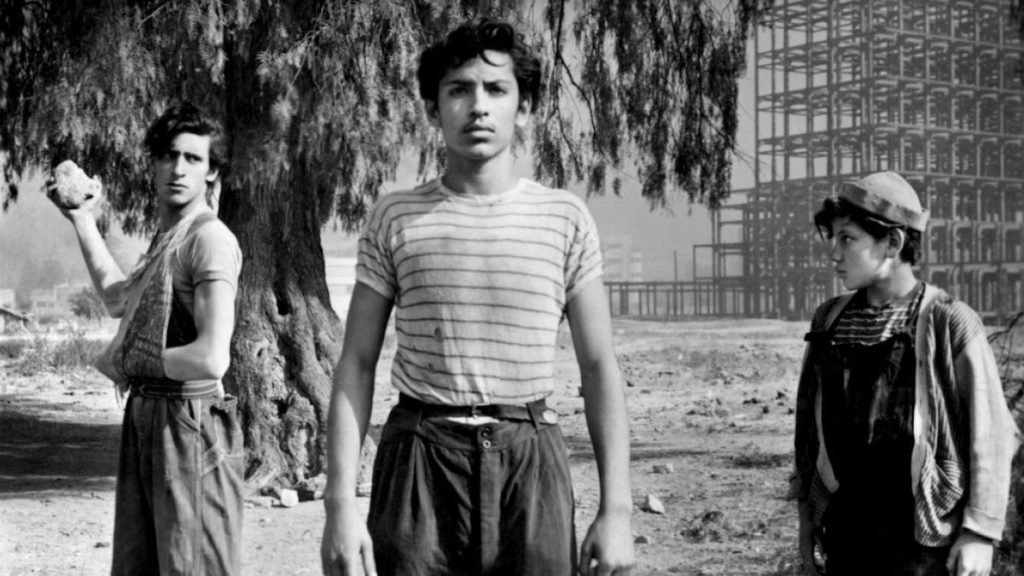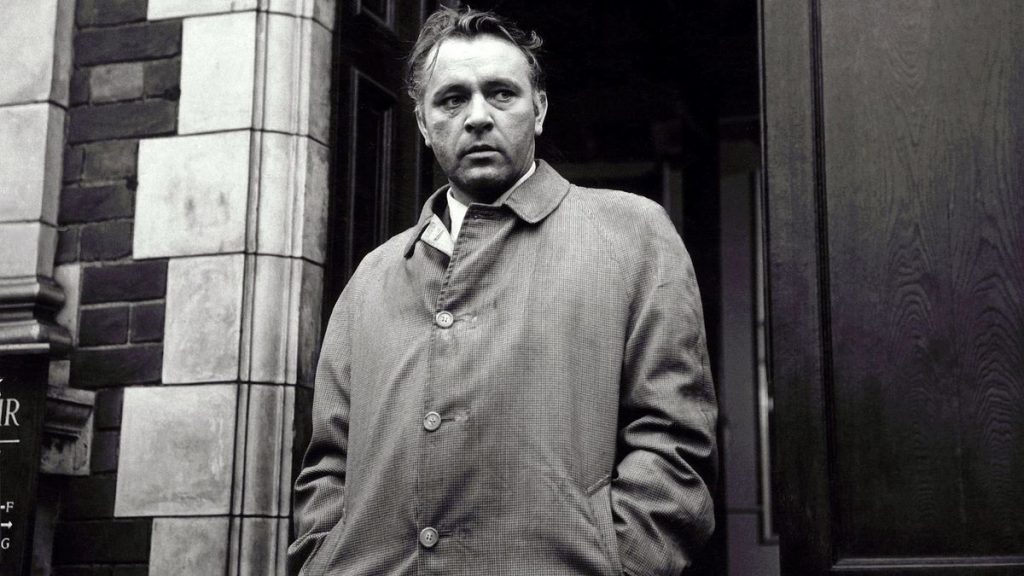“I’m setting the example. And what I’ve done is gonna be puzzled over and studied and followed… forever.”
So proclaims John Doe, the religious zealot turned serial killer played so memorably by real-life villain Kevin Spacey, towards the shocking climax of David Fincher’s Seven. In the 30 years since that movie debuted, those words have taken on a meta-quality. Seven now stands as the most influential American serial killer film ever made, with no shortage of copycats following in its bloody footprints.
If any other film can claim that title, it’s Jonathan Demme’s blockbuster Oscar darling Silence of the Lambs, which came out four years earlier. Its influence on Seven–particularly in regards to its brainy, verbose villain–are readily apparent in Andrew Kevin Walker’s script (which he started writing in ‘91) and its success no doubt helped get the latter greenlit. Seven was not the only A-list serial killer drama to try and replicate Silence’s success; less than a month after its September 22nd release, the similarly-toned Copycat hit theaters, albeit to nowhere near the same level of controversy, acclaim, or box office. (Don’t feel too bad for the enjoyably pulpy Copycat though; it managed to turn a profit and has of late enjoyed a surprising resurgence of popularity on Netflix.)
There’s no great mystery as to why Seven was so successful: besides the topshelf work that Fincher and his cast and crew bring to the table, Walker’s literary and legitimately intelligent script puts an ingenious spin on the tired procedural/slasher framework by basing the killings around the Biblical seven deadly sins, as well as giving us a whopper of a twist ending. And while the look of the film was a bit too grungy, and its violence too gruesome, for the same Oscar voters who showered Lambs with gold, both of those aspects lit a fire under any number of peers and would-be filmmakers.
The years immediately following Seven’s debut saw the releases of Kiss the Girls (1997; starring Morgan Freeman in a role so similar to his detective in Seven that many people thought it was a sequel), Fallen (1998), 8MM (1999, Walker’s appropriately-titled follow up script), The Bone Collector (1999; prominently featuring Seven scene-stealer Leland Orser), Resurrection (1999, Orser again), In Dreams (1999), The Cell (2000), The Crimson Rivers (2000), The Watcher (2000), and Jill Rips (2000).
All feature some combination of Fincher’s signature silver/blue sheen, a highly literate and/or Biblically-obsessed visionary/mission-oriented murderer and puzzle-based crimes, heavy doses of S&M imagery, and highly-stylized title sequences. Unlike other genre fads of the ‘90s, such as Tarantino-wannabe crime flicks, modernized teenage literary adaptations, or gross-out comedies, Seven rip-offs continued well into the next three decades. See the likes of: Detox (2002), Mindhunters (2004), Taking Lives (2004), Thr3e (2006; c’mon), Suspect Zero (2006, more numbers), Horsemen (2009), Solace (2015; at one point retooled to be an official Seven sequel before that idea was wisely nixed), The Batman (2022), and Longlegs (2024).
With a precious few clever or artful exceptions—Fallen, The Cell—these titles are at best competent, enjoyable potboilers (Kiss the Girls, The Bone Collector) and at worst turgid tripe (Horseman), although a couple do rise to the level of so-bad-they’re-good. (Resurrection not only features the most ludicrous traumatic backstory a haunted cop has ever been given, it also shows said cop attempt to decipher the killer’s enigmatic math clues by scrawling down “1 + 1 = 2”; while Mindhunters gave us the immortal line: “Now we know his weakness: bullets.”)

But one title stands out above all: Saw. Released in 2004, that low-budget horror thriller—which shares a similar look, twist, and modus operandi to Seven—would go on to spawn one of the biggest and most popular franchises in modern times, as well as kick off the ‘torture porn’ trend that defined horror for the second half of the Aughts. While that disreputable and controversial subgenre has its roots in the mondo movies of the ‘70s and splatter films of the ‘80s, it’s very clear that it was also riffing on the torture content in Seven, even as these later examples choose to focus on the actual gruesome acts, whereas Fincher only ever gave us brief glimpses of their aftermath. Given how indebted Saw is to Seven, I think its more than fair to say that the former is the true progenitor of torture porn, loathe as those of us who love it but can’t stand that category are to admit it.
But it was not just midbudget journeymen and genre gorehounds who shamelessly plucked from Seven over the years. Some of the biggest and most expensive blockbusters of that time have straight up cribbed its third-act. The idea of having your main villain intentionally get themselves caught as a checkmate move in their grand scheme—inevitably and invariably leading to a philosophical face-to-face with the hero—was startlingly original in Walker’s script, but has since grown into a tired trope, appearing in the likes of The Dark Knight (2008), Skyfall (2012), Star Trek Into Darkness (2013), Captain America: Civil War (2016), and the aforementioned The Batman.
It’s only right that, for as popular as many of the numerous films listed above were, it was Seven’s own director who made the best follow up to it. When it was initially announced that Fincher would be directing a movie based on the real-life case of the Zodiac Killer (who, like John Doe, taunted the media and police with cryptic messages), there was a sense that he was retreading well-worn ground. But Zodiac (2007) would go on to be his masterpiece, expanding upon many of the themes and ideas he first explored in Seven, while adding new layers of depth and a sense of historical gravitas.
In the end, Seven’s greatest copycat was Fincher himself.



